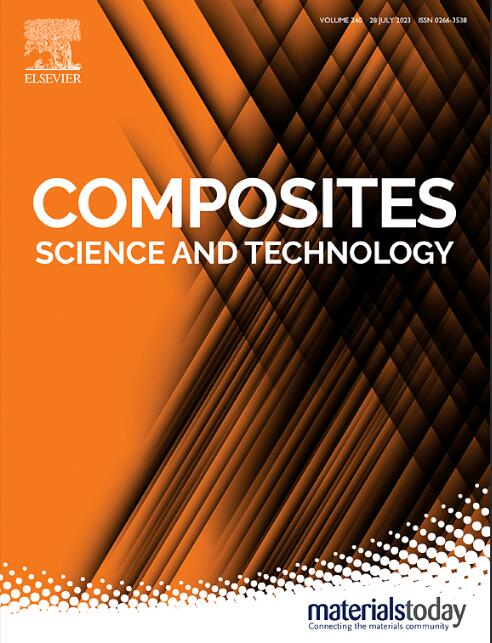Magnetic flexible metastructures: developing smart shape-morphing capabilities at extremely low-temperatures
IF 8.3
1区 材料科学
Q1 MATERIALS SCIENCE, COMPOSITES
引用次数: 0
Abstract
Achieving intelligent actuation and durability in deformable structures for extreme environments, such as deep space and cryogenic medicine, presents a significant challenge, underscoring the urgent need for advanced materials and innovative designs. Among stimuli-responsive materials, magnetically actuated metastructures stand out for their distinctive magnetomechanical properties and superior actuation performance, providing effective solutions to these challenges. However, research on magnetic smart materials in extremely low-temperature, multi-field environments remains scarce. This study presents magnetically-responsive flexible metastructures, inspired by traditional origami and paper-cutting, capable of non-contact actuation, rapid and reversible responses, and large deformations, at both ambient and cryogenic temperatures (−196 °C). By harnessing the exceptional thermal stability of polyimide (PI) and programmed 3D printing of magnetic domains, the metastructures exhibit remarkable magnetically-driven deformation behavior, achieving up to 40 % shrinkage even under liquid nitrogen conditions. Furthermore, these metastructures demonstrate impressive crawling, grasping, and self-assembly capabilities at extreme low temperatures. Additionally, a magnetically-controlled superconducting flexible antenna is designed, enabling reconfiguration of its operating frequency through magnetically-driven deformation. This work provides a novel approach for realizing smart material functionalities and applications in extreme environments.
磁性柔性元结构:在极低温下开发智能形状变形能力
在极端环境下实现可变形结构的智能驱动和耐用性,如深空和低温医学,是一项重大挑战,强调了对先进材料和创新设计的迫切需求。在刺激响应材料中,磁驱动元结构以其独特的磁力学性能和卓越的驱动性能脱颖而出,为这些挑战提供了有效的解决方案。然而,在极低温、多场环境下对磁性智能材料的研究仍然很少。这项研究提出了磁响应柔性元结构,灵感来自传统的折纸和剪纸,能够在环境和低温(- 196°C)下进行非接触驱动,快速可逆响应和大变形。通过利用聚酰亚胺(PI)优异的热稳定性和磁性畴的程序化3D打印,这种元结构表现出显著的磁驱动变形行为,即使在液氮条件下也能实现高达40%的收缩。此外,这些元结构在极低温度下表现出令人印象深刻的爬行、抓取和自组装能力。此外,设计了一种磁控超导柔性天线,通过磁驱动变形实现其工作频率的重构。这项工作为在极端环境中实现智能材料的功能和应用提供了一种新的方法。
本文章由计算机程序翻译,如有差异,请以英文原文为准。
求助全文
约1分钟内获得全文
求助全文
来源期刊

Composites Science and Technology
工程技术-材料科学:复合
CiteScore
16.20
自引率
9.90%
发文量
611
审稿时长
33 days
期刊介绍:
Composites Science and Technology publishes refereed original articles on the fundamental and applied science of engineering composites. The focus of this journal is on polymeric matrix composites with reinforcements/fillers ranging from nano- to macro-scale. CSTE encourages manuscripts reporting unique, innovative contributions to the physics, chemistry, materials science and applied mechanics aspects of advanced composites.
Besides traditional fiber reinforced composites, novel composites with significant potential for engineering applications are encouraged.
 求助内容:
求助内容: 应助结果提醒方式:
应助结果提醒方式:


